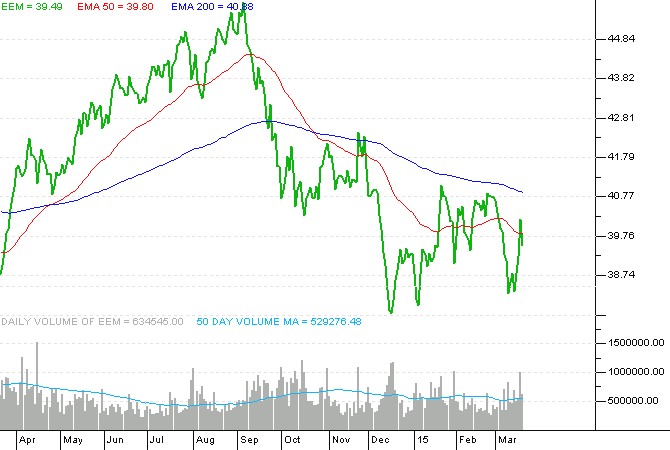Some Strategic Beta ETFs Shine Bright
Post on: 13 Июль, 2015 No Comment

Dividend ETFs News:
As adaptation and proliferation of alternatively-indexed or strategic beta exchange traded funds increases, advisors and investors are scouring for new ways to evaluate these ETFs.
One evaluation tool for strategic beta ETFs, though it should be the sole determinant of a fund’s merits, is the well-known Morningstar rating, which uses stars with five stars being the most prestigious. Investors that have been involved with active mutual funds are likely familiar with Morningstar ratings. The issuers of those funds are not shy about bragging about their Morningstar ratings and the managers of those funds are not shy about chasing those ratings .
Hence, mutual funds with four- or five-star ratings from Morningstar are often prodigious accumulators of investor assets. Although the terms alternative indexing, smart beta and strategic beta are relatively new buzzwords, many of the ETFs to which those terms apply have seasoned track records, but as Morningstar notes, its ratings for strategic beta ETFs and mutual funds differ. [Smart Beta ETFs Gain Critics, Fans]
“The star rating is based on a ranking of the Morningstar Risk-Adjusted Return. This starts with the Morningstar Return, which is the load-adjusted return in excess of the risk-free rate. ETFs benefit because they do not charge loads while many retail share classes of mutual funds do. ETFs also benefit from lower expense ratios, which is one of the biggest determinants of relative performance,” said Morningstar analyst Michael Rawson in a recent research note .

Rawson also points out that the while just 29% of 6,088 share classes of 1,811 U.S. equity mutual funds had four- or five-star ratings. On the other hand, “strategic-beta ETF ratings do not have to follow a bell curve, and indeed they do not, as 63% of the 51 non-strategic-beta U.S. equity ETFs and 76% of the 92 strategic-beta U.S. equity ETFs have 4- or 5-star ratings.”
Highly-rated strategic beta ETFs by Morningstar include some familiar, seasoned names. For example, the PowerShares S&P 500 High Quality Portfolio (NYSEArca: SPHQ ). one of the first ETFs to focus on the quality factor, carries a four-star rating from Morningstar.
SPHQ tracks the S&P 500 High Quality Rankings Index, which “is designed to provide exposure to the constituents of the S&P 500 Index that are identified as stocks reflecting long-term growth and stability of a company’s earnings and dividends,” according to PowerShares. The $403.2 million SPHQ will turn nine in December. [A High Quality ETF]














